From the Andean peaks of Peru to the Himalayan heights of Nepal, high-altitude cities offer travelers breathtaking beauty—literally. But along with spectacular views and fresh mountain air comes the challenge of thinner oxygen, colder temperatures, and unique physical demands. If you’re planning on traveling to high-altitude cities, preparation is key.
In this guide, we’ll walk you through everything you need to know—from understanding altitude sickness to what to pack, eat, and expect on arrival. Whether you’re heading to La Paz, Cusco, Lhasa, or Denver, we’ve got you covered.
What Defines a High-Altitude City?
Generally, cities located 2,500 meters (8,200 feet) or higher above sea level are considered high-altitude. At these elevations, the air contains less oxygen, and the body must work harder to acclimate. While some travelers adjust quickly, others may need time—and strategy—to adapt comfortably.
- Moderate altitude: 1,500 to 2,500 meters (4,921 to 8,200 feet)
- High altitude: 2,500 to 3,500 meters (8,200 to 11,500 feet)
- Very high altitude: 3,500 to 5,500 meters (11,500 to 18,000 feet)
Famous High-Altitude Cities Around the World
- La Paz, Bolivia: 3,640 m (11,942 ft)
- Quito, Ecuador: 2,850 m (9,350 ft)
- Cusco, Peru: 3,399 m (11,152 ft)
- Lhasa, Tibet: 3,656 m (11,990 ft)
- Leadville, Colorado, USA: 3,094 m (10,152 ft)
- Shimla, India: 2,276 m (7,467 ft)
Each of these destinations offers incredible culture and scenery—but all require special preparation when it comes to physical exertion, hydration, and acclimatization.
Altitude Sickness: What You Need to Know
Altitude sickness (also known as acute mountain sickness or AMS) occurs when your body struggles to adjust to lower oxygen levels at elevation. Symptoms usually appear within the first 24–48 hours and can include:
- Headache
- Nausea or vomiting
- Dizziness or lightheadedness
- Fatigue or weakness
- Shortness of breath
- Loss of appetite
- Difficulty sleeping
In rare cases, severe altitude sickness can lead to high-altitude pulmonary edema (HAPE) or cerebral edema (HACE), both of which are medical emergencies.

How to Prepare Before Traveling to High-Altitude Cities
- Talk to your doctor: Especially if you have heart, lung, or blood pressure conditions.
- Train beforehand: Regular cardio exercise, including hiking or stair climbing, can help your body prepare.
- Consider altitude meds: Ask your doctor about acetazolamide (Diamox) to ease acclimatization.
- Arrive slowly: If possible, ascend gradually—especially if you’re climbing above 3,000 meters (9,800 feet).
- Plan rest days: Don’t overpack your first few days with intense activity.
What to Pack for High-Altitude Destinations
- Layered clothing: Temperatures vary wildly between day and night.
- Sunscreen & lip balm: UV exposure is stronger at higher altitudes.
- Reusable water bottle: Hydration is essential.
- Electrolyte tablets: Help with rehydration and energy.
- Snacks: Appetite may decrease, but energy demands increase.
- Headlamp or flashlight: Many cities lose power in the evening.
How to Acclimate Safely
Once you arrive, listen to your body. Here are some key acclimatization strategies:
- Hydrate constantly: Drink 3–4 liters of water daily.
- Eat light and often: Focus on carbs for energy and easy digestion.
- Limit alcohol and caffeine: Both can worsen dehydration and fatigue.
- Take it slow: Walk at a relaxed pace and avoid intense hikes early on.
- Rest frequently: Your body needs more recovery time at elevation.
Local Tips for Altitude Wellness
- Coca tea (South America): Widely used in Peru and Bolivia to alleviate symptoms.
- Oxygen canisters: Available for short-term relief in cities like Lhasa and La Paz.
- High-altitude cuisine: Soups, potatoes, quinoa, and lean proteins fuel your body efficiently.
- Stay warm at night: Hypothermia is a risk, even in dry climates.
Best Activities in High-Altitude Cities
Once acclimated, high-altitude cities offer some of the world’s most rewarding experiences:
- Strolling through Incan ruins in Cusco
- Taking cable cars across La Paz’s mountainous terrain
- Visiting monasteries in the Tibetan capital of Lhasa
- Exploring street markets in Quito’s historic center
- Riding a scenic train from Denver into the Rockies

We’d Love to Hear from You!
Have you visited any high-altitude cities on your travels? Did you experience altitude sickness—or have tips of your own for adapting quickly? Share your stories in the comments and help fellow explorers prepare for life above the clouds.
Follow us on social media for more travel insights, acclimatization tips, and elevation-friendly itineraries.
Conclusion: Thriving While Traveling to High-Altitude Cities
Traveling to high-altitude cities is a powerful experience—literally. With proper preparation, awareness, and self-care, you can avoid altitude pitfalls and fully enjoy the majestic vistas, ancient history, and cultural richness these places offer.
Respect the elevation, pace yourself, and let the mountains work their magic. The view—and the journey—will take your breath away in all the right ways.
Catch up on the top stories and travel deals by subscribing to our newsletter!

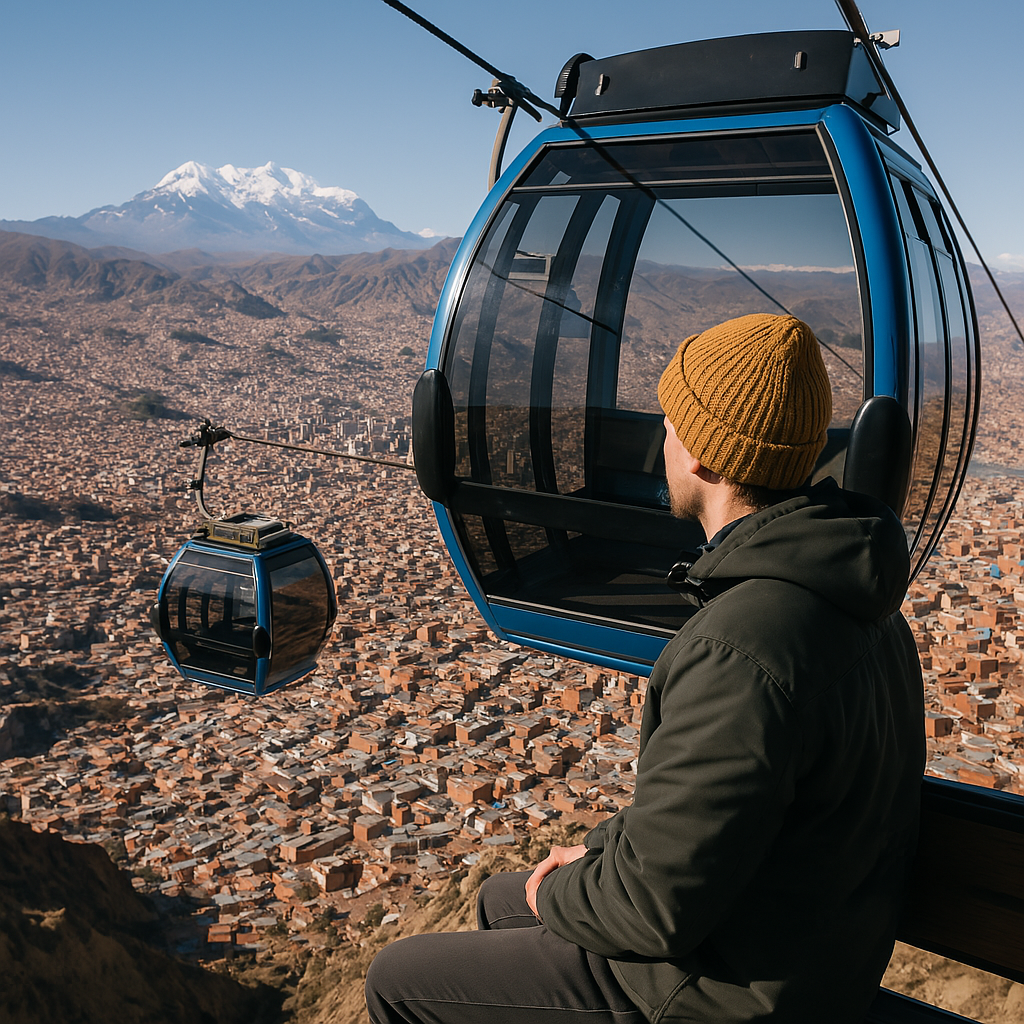

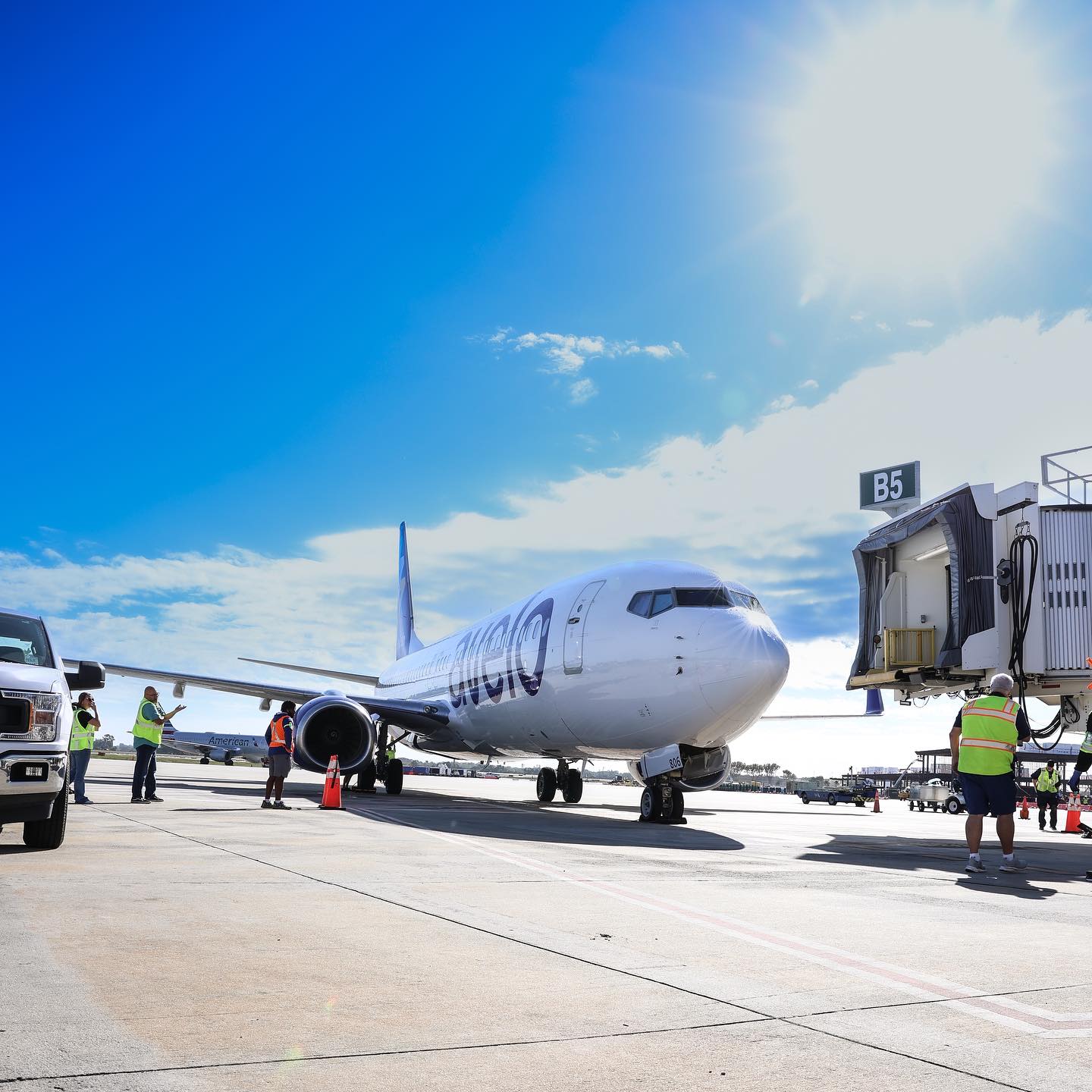
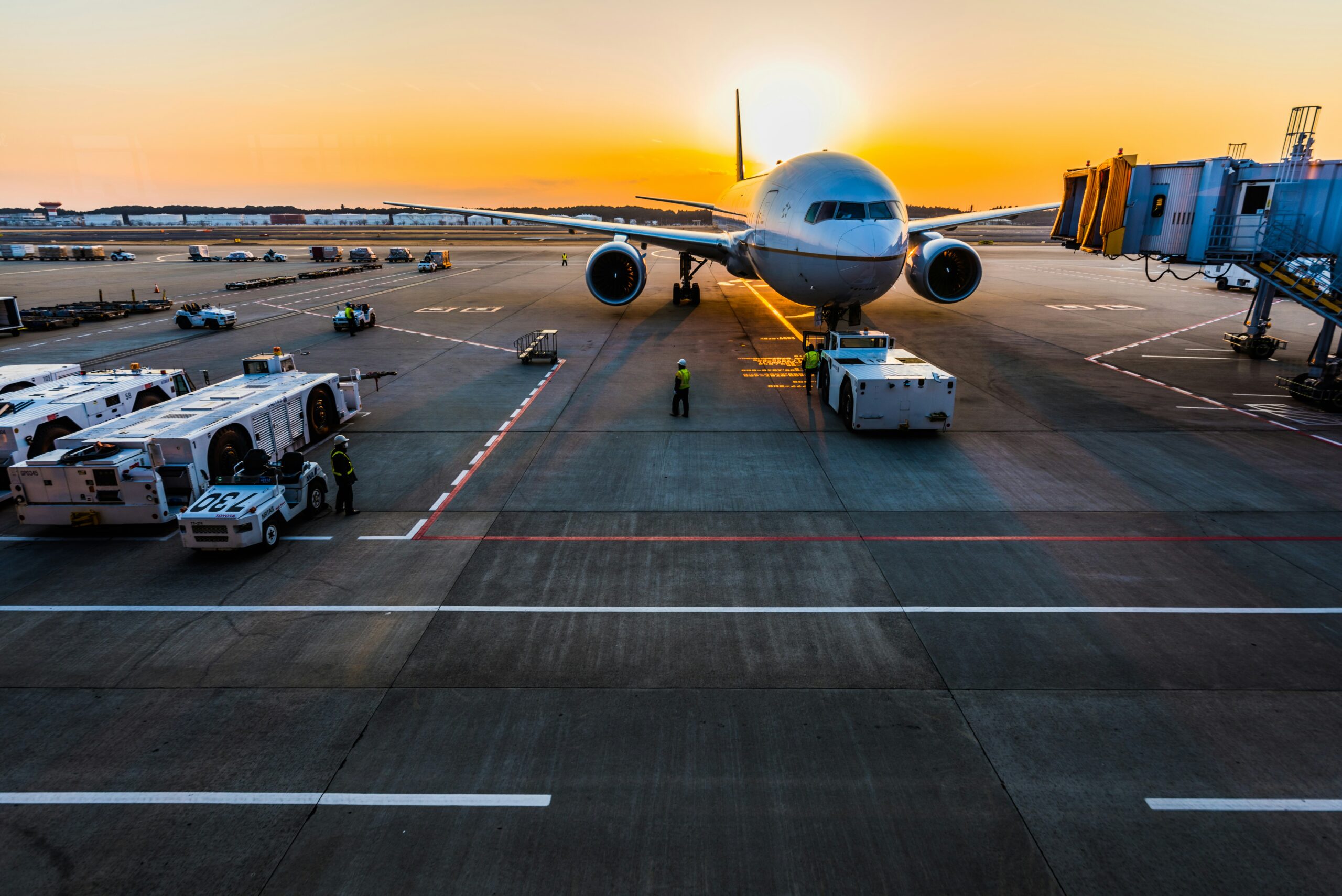

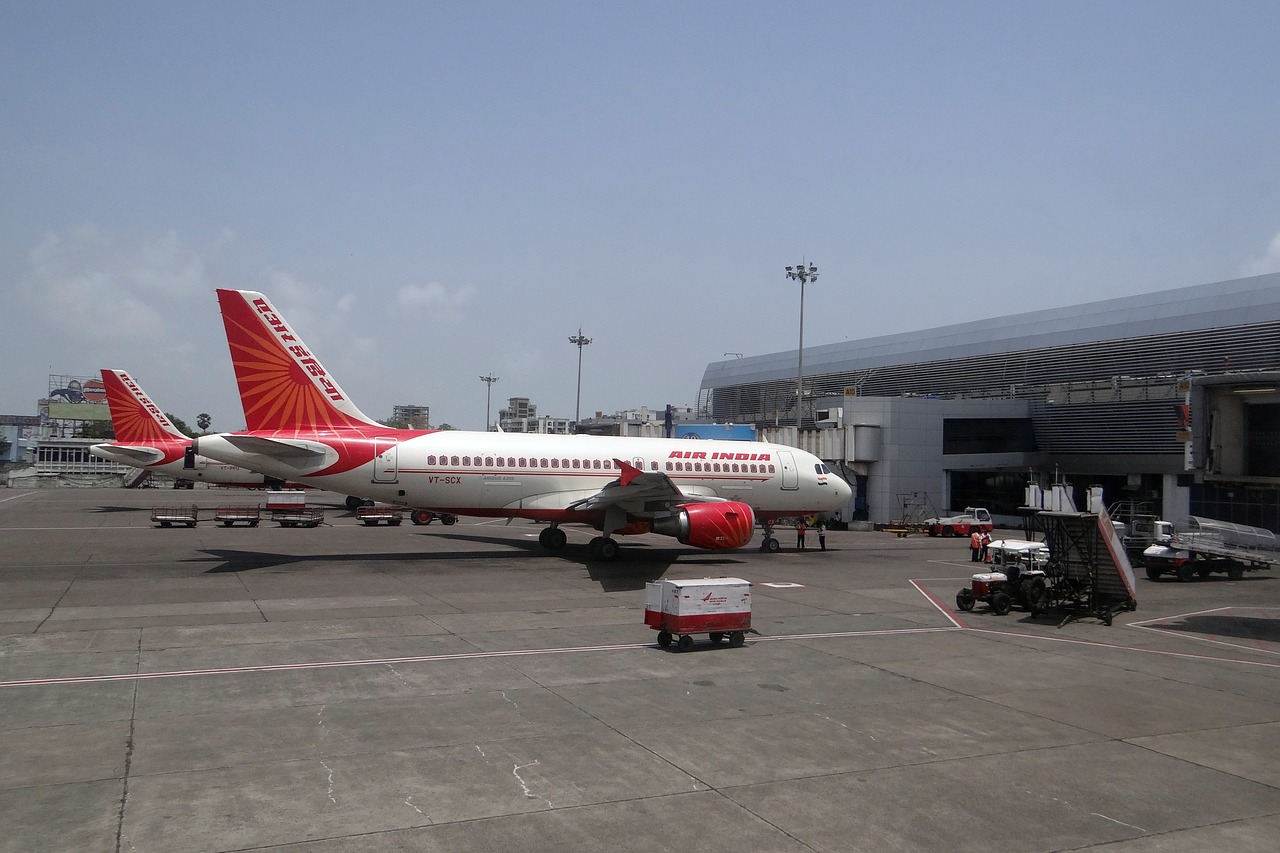
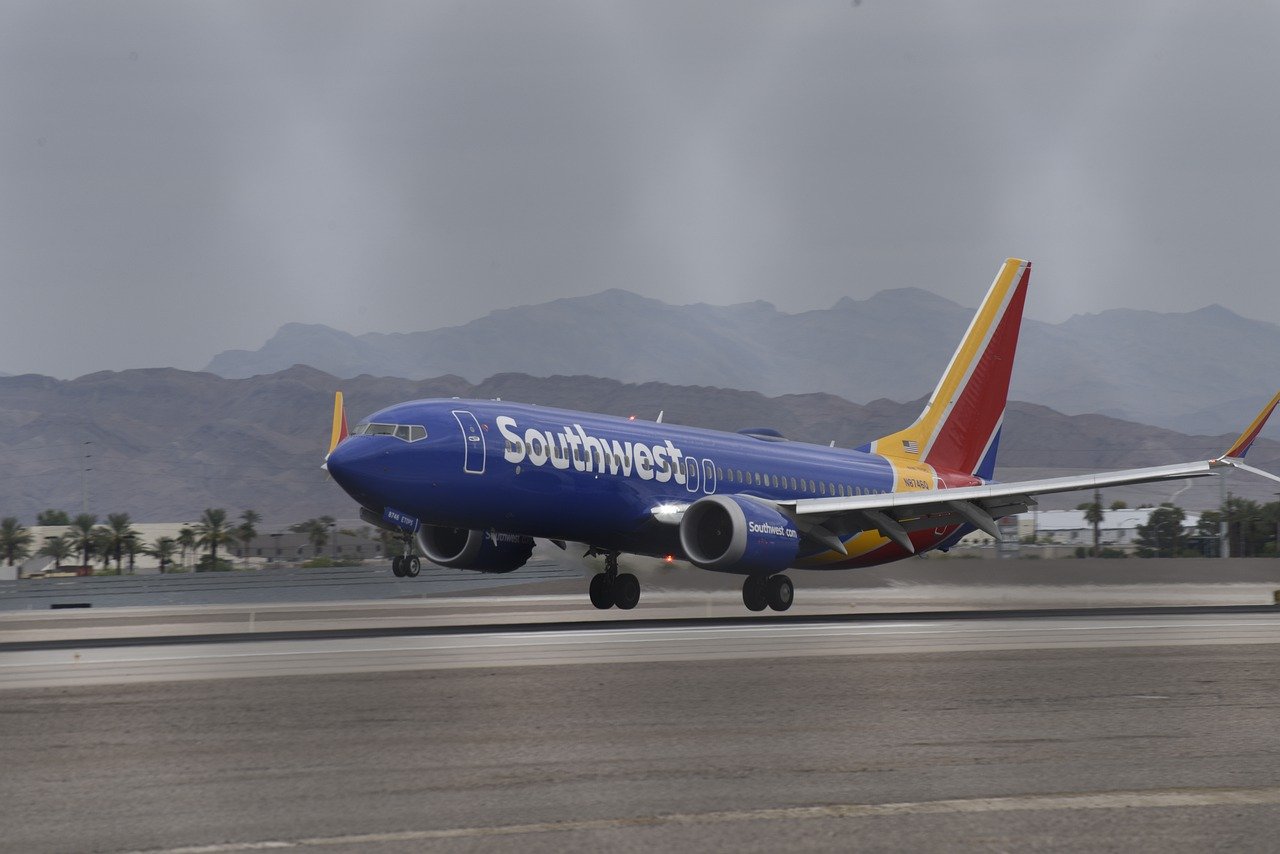




Leave a Reply